## epizootic ## An R package for process-explicit models of wildlife disease July Pilowsky --- ## What is machine learning? 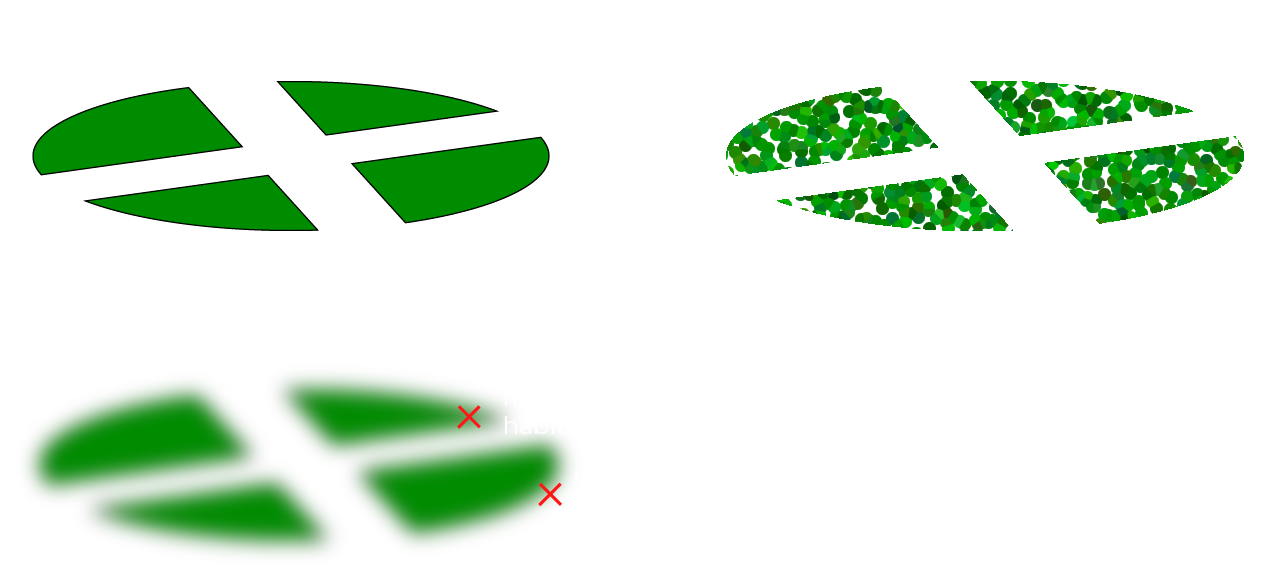 --- ## What is a process-explicit model?  --- ## What do you need to make one? - Theory about how the study system works - This is all you really need, because process-explicit models can be data-free --- ## OK, July, but not all models can or should be data-free - Data on processes (such as nitrogen fixation rate or replication fidelity) - Data on drivers (such as temperature or % impervious surface) - Observed patterns that can be compared to model outputs for validation --- ## How do these models apply to disease ecology?  --- ## Introducing epizootic [](https://github.com/viralemergence/epizootic) --- ## The structure of epizootic 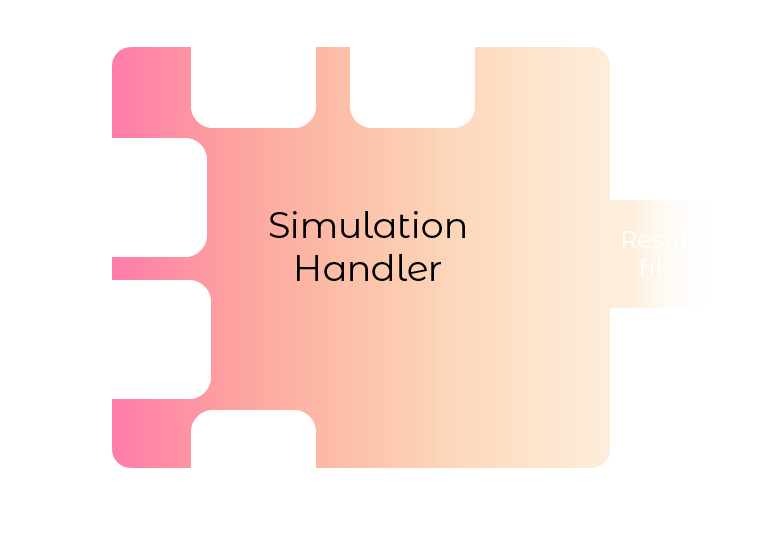 --- ## Case study: house finch conjunctivitis 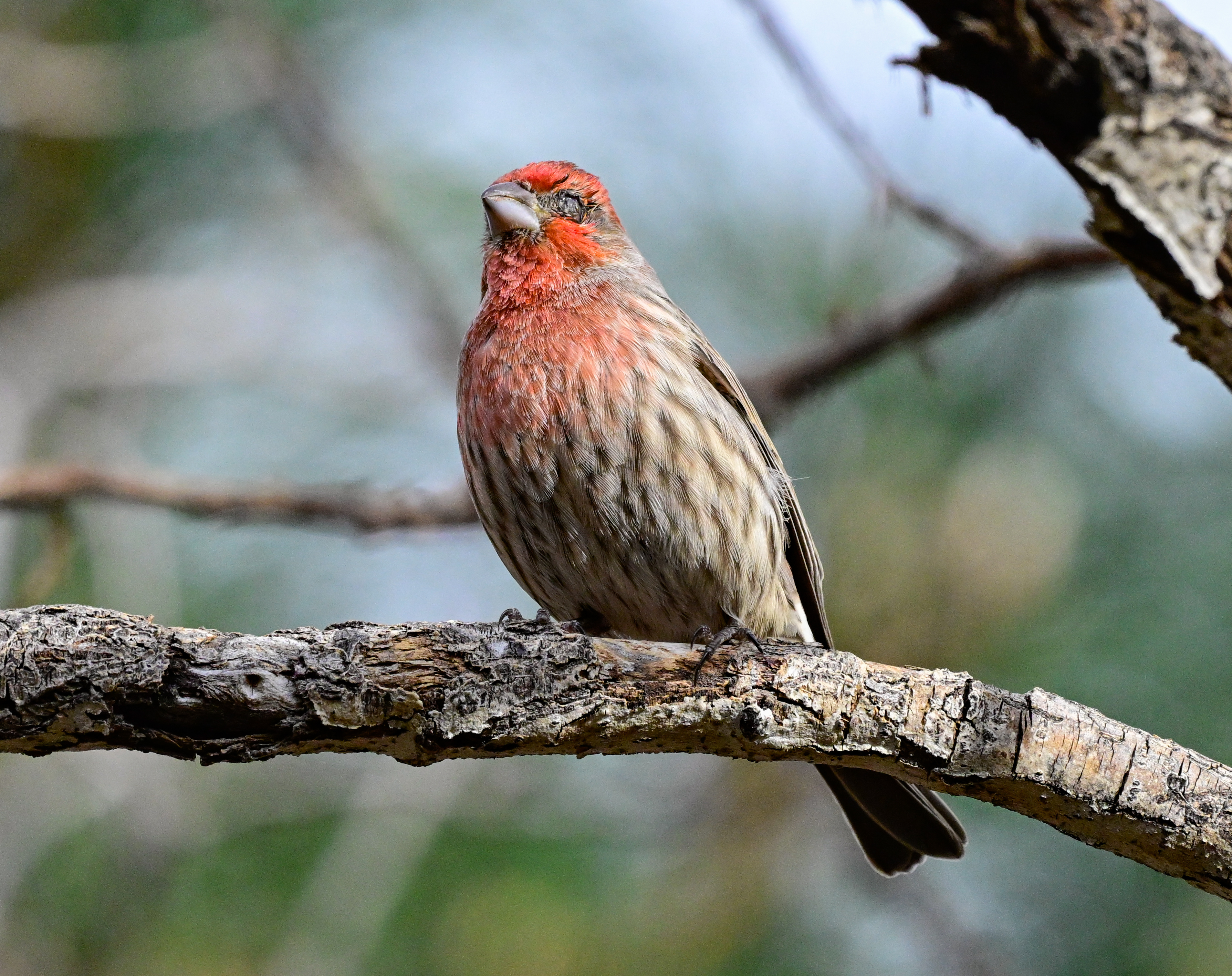 --- ## epizootic in practice 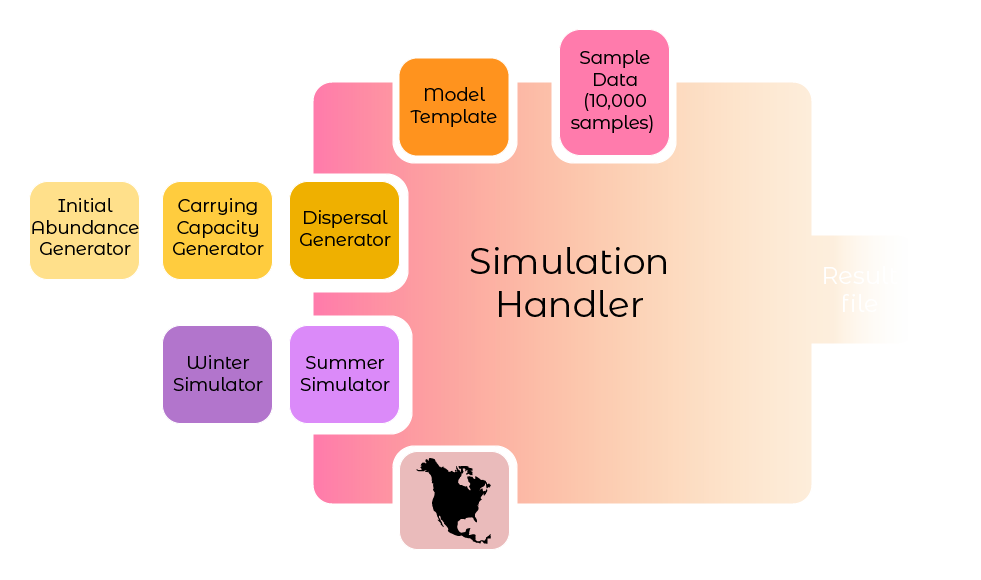 --- ## epizootic in practice Summer 1940 | Winter 1993 :-------------------------:|:-------------------------:  |  --- ## Processes and drivers considered for house finch conjunctivitis - Land use change (urbanization) - Climate change - Density-dependent dispersal - Local extirpation by the disease --- ## What questions could we answer using epizootic? - Does urbanization facilitate the spread of wildlife disease? - Does topography/elevation slow the spread of wildlife disease? - Does hunting change the dynamics of wildlife disease? - Suggest some I haven't thought of yet! --- ## Roadmap for epizootic - Complete the house finch conjunctivitis case study - Create a tutorial so it is easier for other people to use - Add functionality for dispersal that differs by season and for the inclusion of hunting (?) - Case study in vector-borne system (?)